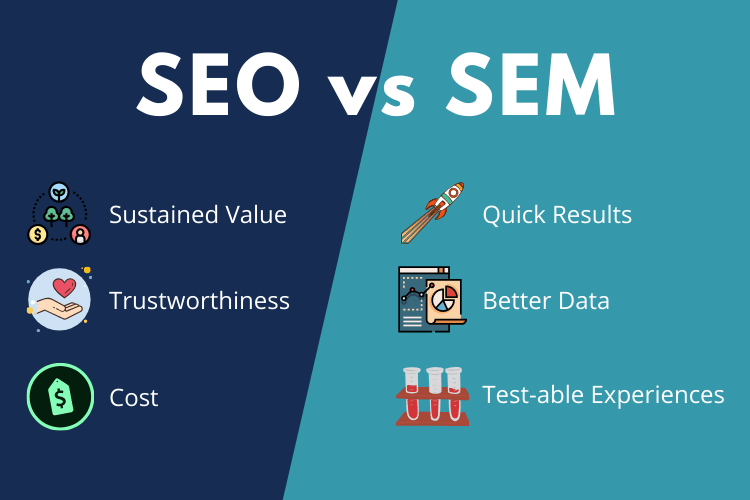
What are gray hat SEO techniques? You may have heard of white hat SEO and black hat SEO.
Discover everything you need to know about gray hat search engine optimization, including what it is, how it differs from white hat and black hat search engine optimization, as well as the most popular gray hat activities for increasing search engine rankings.
Grey Hat SEO can also be referred to as “gray hat SEO”. The word gray has two spelling variations: gray and gray. Since this is an SEO-optimized blog post, I will switch between the two variations throughout the content to improve rankings for both keyword phrases (That’s SEO in action).
What Is Grey Hat SEO?
Gray hat SEO merges white hat and black hat SEO techniques to increase a website’s rankings in the SERPs. Grey hat SEO is riskier than white hat SEO due to the way it exploits search engine guidelines. Grey hat SEO techniques are black hats masquerading as white.
The basic definition of gray hat SEO is given above. Now, let’s look at some of the most common grey hat SEO methods in use today.
Grey Hat SEO Techniques
1. Using Expired Domains
The technique is gray hat SEO that straddles the line between black hat and white hat SEO practices.
The buyer of the domain is acquiring a domain the owner has let expire, yet has a lot of authority because of the number and quality of backlinks pointing a website’s way.
With expired domains, gray hat SEO methods can be applied two ways:
√. Utilizing a 301 redirect to redirect all of the link power to your current domain in order to improve its authority.
√. Finding old archives of the content, republishing it back on the site, and resurrecting it back to how it was before the domain expired, can allow you to create an instant website with targeted traffic.
2. Buying or Trading Links
Buying links and trading links are the second most popular gray hat SEO techniques used by webmasters to increase traffic and rankings for their websites.
These types of link schemes, however, are technically black hat SEO tactics because they violate Google’s Webmaster guidelines.
Gray hat SEO comes in four primary forms:
√. Buying a link placement on an existing article that’s indexed in Google.
√. Buying a guest post opportunity that inludes a link back to your website.
√. Trading links with another site owner (i.e. I link to you and you link to me).
√. Trading a product or service in exchange for a link on someone’s site.
3. Using Private Blog Networks (PBN)
In simple terms, a private blog network (PBN) is a set of websites you control that are used to establish backlinks to a single website in order to help it rank higher within Google.
For gray hat SEO purposes, a PBN is used to link to one main domain and send the most link equity to it so that the domain gains authority.
Obtaining PBN backlinks is actually a black hat SEO strategy, but if you keep it secret without anyone knowing, and you cover your tracks so that Google can’t detect that you own all the websites, then the technique falls into gray hat SEO territory.
4. Building Micro-Sites and Blog
An SEO technique called gray hat is building a microsite or blog, which improves your ranking on search engines without getting penalized.
This kind of network is much safer than a PBN, since you do not own the domains being linked back to your site. They are also public networks, not private networks.
The most common way to build micro-sites for SEO purposes is to post a blog on multiple web 2.0 and content curation sites with high domain authority, such as Medium, Weebly, Blogger, Tumblr, Live Journal, etc.
My post on how to optimize blog content can provide tips on how to optimize a blog.
5. Spinning Content
Grey hat SEO methods like spinning content can work for getting ranked in Google, but it’s not ethical to use these methods long-term.
But here’s how it works:
Spinnable content is content taken from another site and rewritten sentence after sentence so that the content can’t be detected as plagiarism by plagiarism detection software.
As soon as the content has been spun, it’s posted on your own site where it can be indexed by search engines for the keywords you want to target. Spinning content allows you to avoid a duplicate content penalty, and we’ll discuss that next.
6. Creating Duplicate Content
Duplicate content is another gray SEO tactic that’s being used in the world of search engine optimization today.
It involves copying and pasting large blocks of content across the same website or across several domains.
There are three ways duplicate content is used for SEO:
√. Local SEO keywords are a common example of how to target similar types of searches without having to write new content. Multiple pages are created for every city in order to rank for each keyword. The duplicate content on every page is replaced with the city name for the target city, which will allow the correct page to rank for the target phrase while suppressing the duplicate pages.
√.Copying content from another website and posting it on a strong domain can sometimes outrank the original source of the content, so the target site can get traffic.
√.The purpose of duplicate content is to overwhelm the search engine with multiple copies of the same text in hopes that one of them will rank highly for the target keyword.
7. Automating Content
Creating automated content means automating the manual processes needed to create content. The goal is to feed your blog with regular fresh content so you will rank higher in Google and get more traffic.
Content automation is done in two ways:
√. A unique feature of Aritlce spinning is that the content from other websites can be combined into one page on your site, making it invisible to plagiarism detection tools.
√. By using Artificial Intelligence (AI) and Machine Learning to automate the creation of content on your site, AI content creation tools use natural language generation (NLG) to create content without any human involvement.
8. Increasing Keyword Density with Hidden Text
Grey hat SEO uses tricks to hide keywords from users, but still allows them to be crawled by search engines without using hidden text, a black hat SEO technique that violates Google’s Webmaster guidelines.
The most common gray hat SEO techniques for hiding text include:
√.Locating text behind an image.
√. Using CSS to position the text off-screen.
√. Setting the font size to 0.
9. Cloaking
Cloaking is an SEO strategy in which one set of content or URLs is displayed to humans while another set is displayed to search engines.
Claaking is a deceptive gray hat SEO strategy that causes websites to appear higher than they should in search engine results for target keywords while providing users with different results than they expected.
10. Submitting Your Site to Web Directories
Submissions to web directories are one of the most overused gray hat SEO techniques.
The addition of your website to directories can reward you with free backlinks, and it’s considered a white hat SEO tactic when done sparingly.
However, if you overuse the technique to generate tens or hundreds of links to your site, it may tip into gray hat SEO territory. Especially if you manipulate the keyword anchor text for the backlink.
11. Creating Multiple Social Media Accounts
Creating a business account on each social network is a white hat SEO method for sharing and promoting links and your content.
However, if you create multiple social media accounts to artificially boost the number of shares and links to your website, then it’s a gray hat SEO method.
12. Paying for Positive Reviews
Positive reviews are recognized by Google as a factor for higher rankings, this is especially the case for local SEO.
If you want to trick the algorithm in your favor, you can pay people to leave positive reviews for your listing. You can either pay an online service provider or encourage your current customers to review your site for a discount or bonus.
The bottom line is that it’s all gray hat SEO.
Is Grey Hat SEO Illegal?
Although gray hat SEO techniques are not illegal, they are not compliant with any law. However, gray hat SEO goes against search engine prohibited practices and can get your site banned from search engine results pages.




